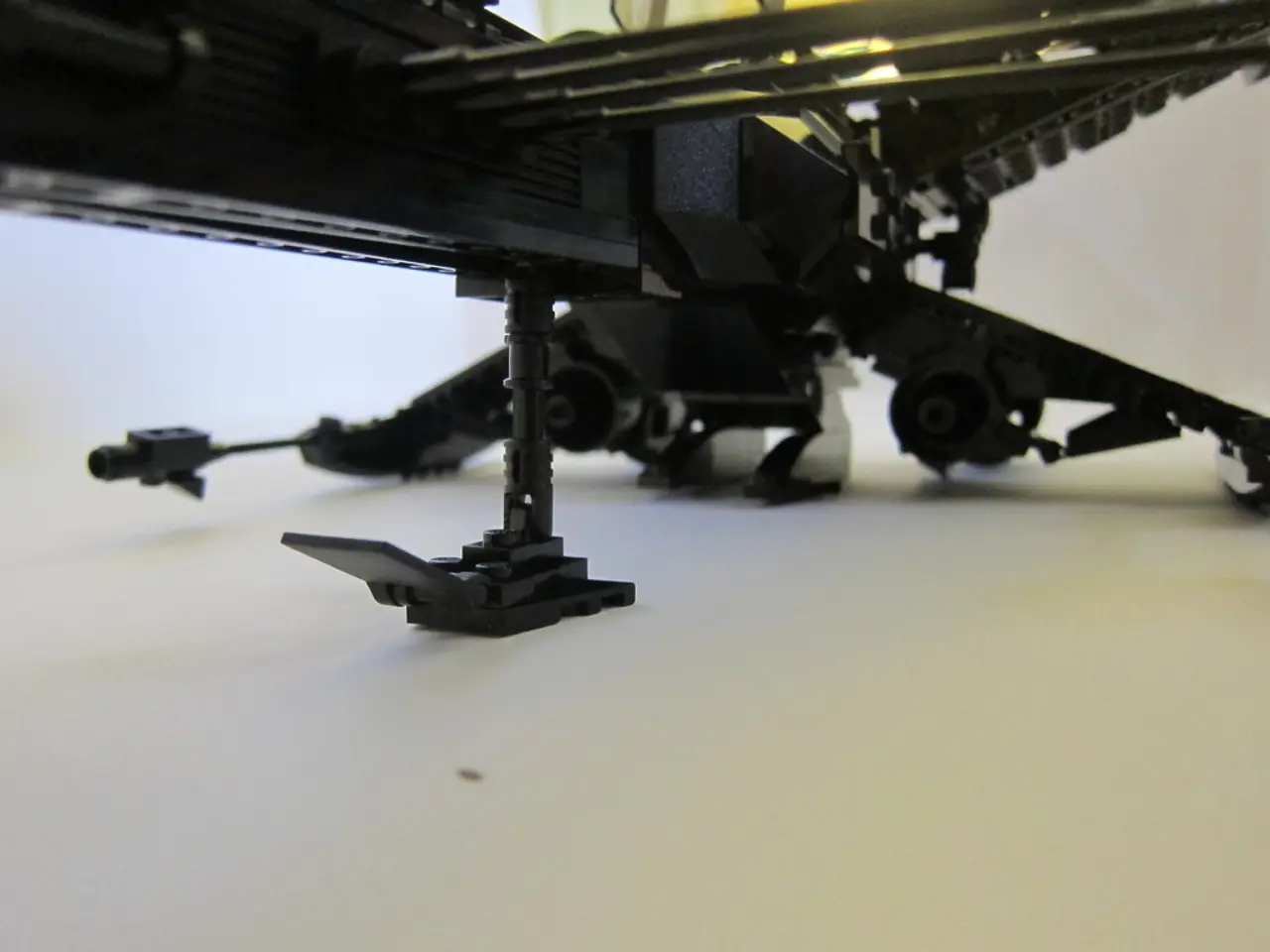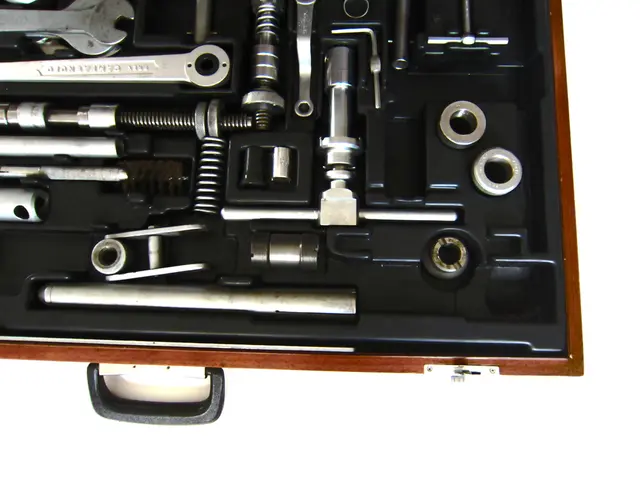Investigating Engineers Again: Insights Gleaned from Ukraine Conflict
The United States Army is seeking to replicate the success of DeepStateMAP, an open-source intelligence cell that maintains a real-time "war map" of Ukraine, by integrating the roles of combat engineers and geospatial engineers to create a dynamic, data-driven intelligence system.
Key steps in this strategy include establishing a dedicated intelligence integration cell, utilising combat engineers as information collectors and reconnaissance assets, and employing geospatial engineers for data synthesis and COP updates.
1. **Establishing a Dedicated Intelligence Integration Cell**
Similar to DeepStateMAP's relationship between data collectors and its intelligence cell, the Army should develop an intelligence cell specialising in real-time data fusion. This cell would receive inputs from various sensors, reconnaissance, and open-source media feeds, including social media, videos, and imagery from the battlefield.
2. **Combat Engineers as Information Collectors and Recon Assets**
Combat engineers can be tasked to deploy and maintain sensors, cameras, unmanned ground vehicles, and local data collection points. These assets provide raw, real-time data from the operational environment, feeding live visuals and geospatial information into the intelligence system.
3. **Geospatial Engineers for Data Synthesis and COP Update**
Geospatial engineers would specialise in processing, analysing, and integrating this raw data into the Common Operational Picture (COP). Their skills in geospatial analysis, mapping, and data overlay ensure that real-time media and intelligence from combat engineers are accurately correlated with terrain, known enemy positions, and friendly forces locations.
4. **Integration of Open-Source and Media-Driven Data Platforms**
The Army should mirror platforms like DeepStateMAP, which use publicly available open-source data and social media reports to maintain situational awareness. By adopting open data-driven media platforms or developing parallel systems, the Army can augment its sensor and intelligence inputs with real-time, crowdsourced battlefield information, which combat and geospatial engineers verify and integrate into the COP.
5. **Real-Time Communication and Data Sharing Networks**
To enable seamless flow of data between combat engineers (collectors) and geospatial engineers (analysts), the Army needs secure, high-bandwidth communication networks that support real-time streaming, data fusion, and collaborative analysis.
Within brigade engineer battalions, the route clearance platoon is the best candidate for exclusively engineer reconnaissance missions. The assistant brigade engineer serves as the liaison officer for communicating the interests and employment of engineers to enable maneuver operations and bridges interactions between engineer reconnaissance teams and the geospatial intelligence cell.
The success of DeepStateMAP relies on effective collection, exploitation, and integration of external media into a single common operational picture (COP). The end state of reconnaissance is to formulate connections and refine mission parameters for efficient application of resources on the battlefield.
Engineer reconnaissance is a set of tasks that obtain information about a particular area, including activities and resources of an enemy or adversary, or geographical characteristics. Engineer-collected information can be integrated into the COP through the use of a geospatial information system (GIS).
The US Army Corps of Engineers is responsible for surveying, categorising, and creating maps necessary for visualising the battlefield. The assistant brigade engineer maximises the utility of engineer reconnaissance by championing the work of engineer reconnaissance teams.
There remains a knowledge gap limiting the utility of the ENFIRE kit, which can be addressed by training a dedicated unit specialised in making optimal use of the kit's capabilities. The answer to this challenge lies in the utility of engineer reconnaissance.
In conclusion, the US Army's strategy to replicate DeepStateMAP's success involves leveraging the complementary roles of combat engineers and geospatial engineers to create a dynamic, data-driven intelligence system. This approach transforms raw sensory data and open-source information into actionable intelligence on the COP, ensuring commanders maintain contextual awareness comparable to platforms like DeepStateMAP in conflict zones.
- The geospatial engineers would specialize in synthesizing and updating the Common Operational Picture (COP) by integrating raw data from various sources, such as combat engineers and open-source media feeds, into a unified, real-time intelligence system.
- By integrating technology in their roles, combat engineers can utilize data-and-cloud-computing tools to deploy and maintain sensors, cameras, and unmanned ground vehicles, ultimately contributing to the collection of real-time, geospatial data for the intelligence system.
- To capitalize on advances in military technology, the Army should invest in establishing a dedicated intelligence unit that specializes in defense, focusing on the fusion and analysis of the collected data from various sources to present commanders with actionable, real-time intelligence during operations.




